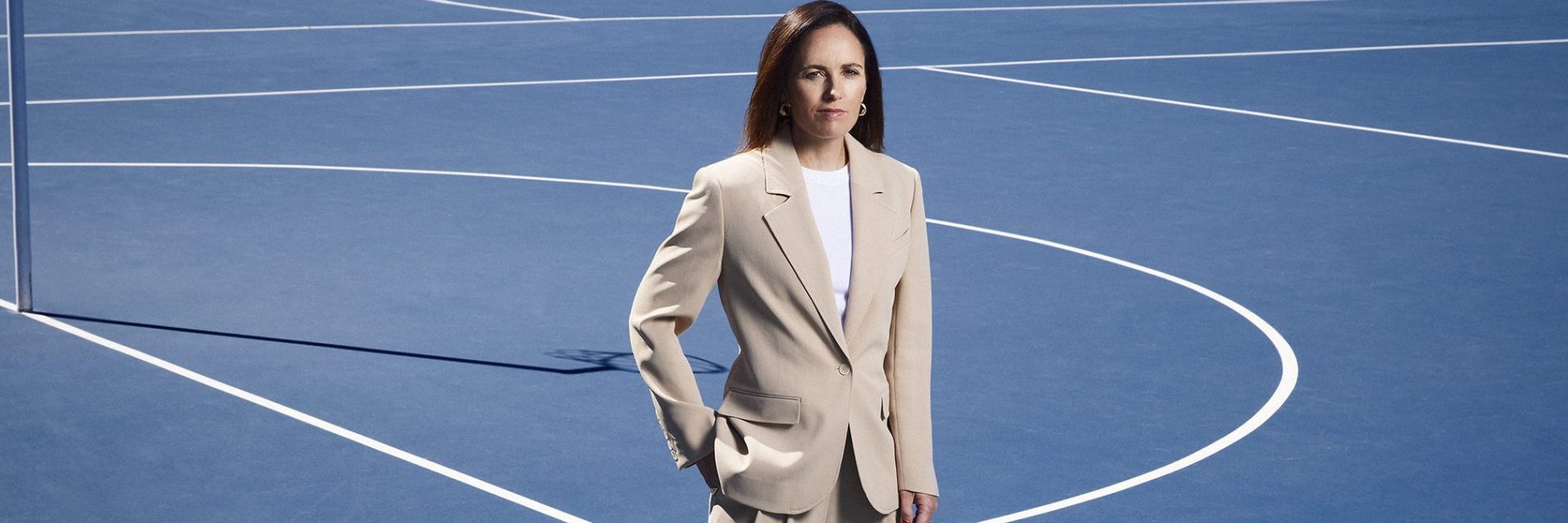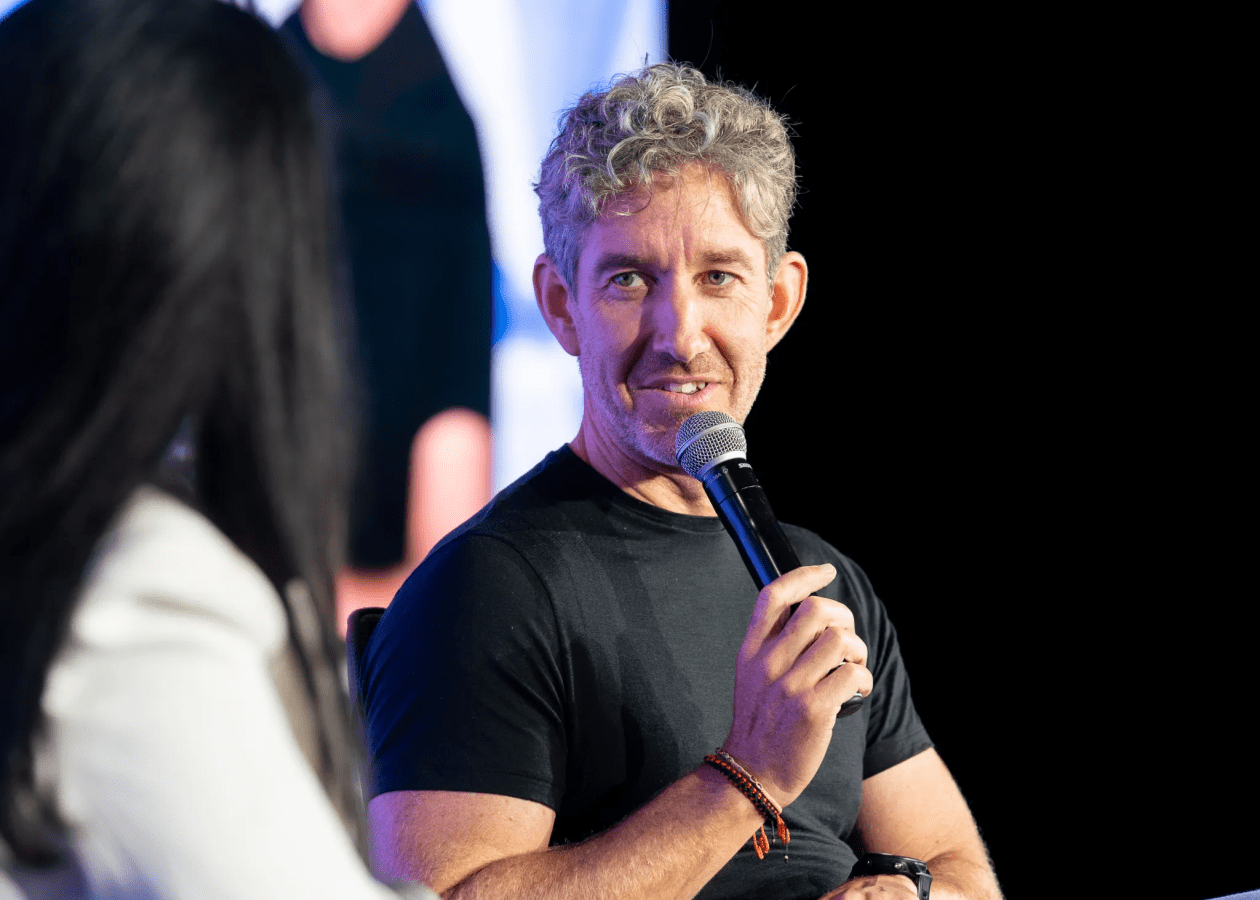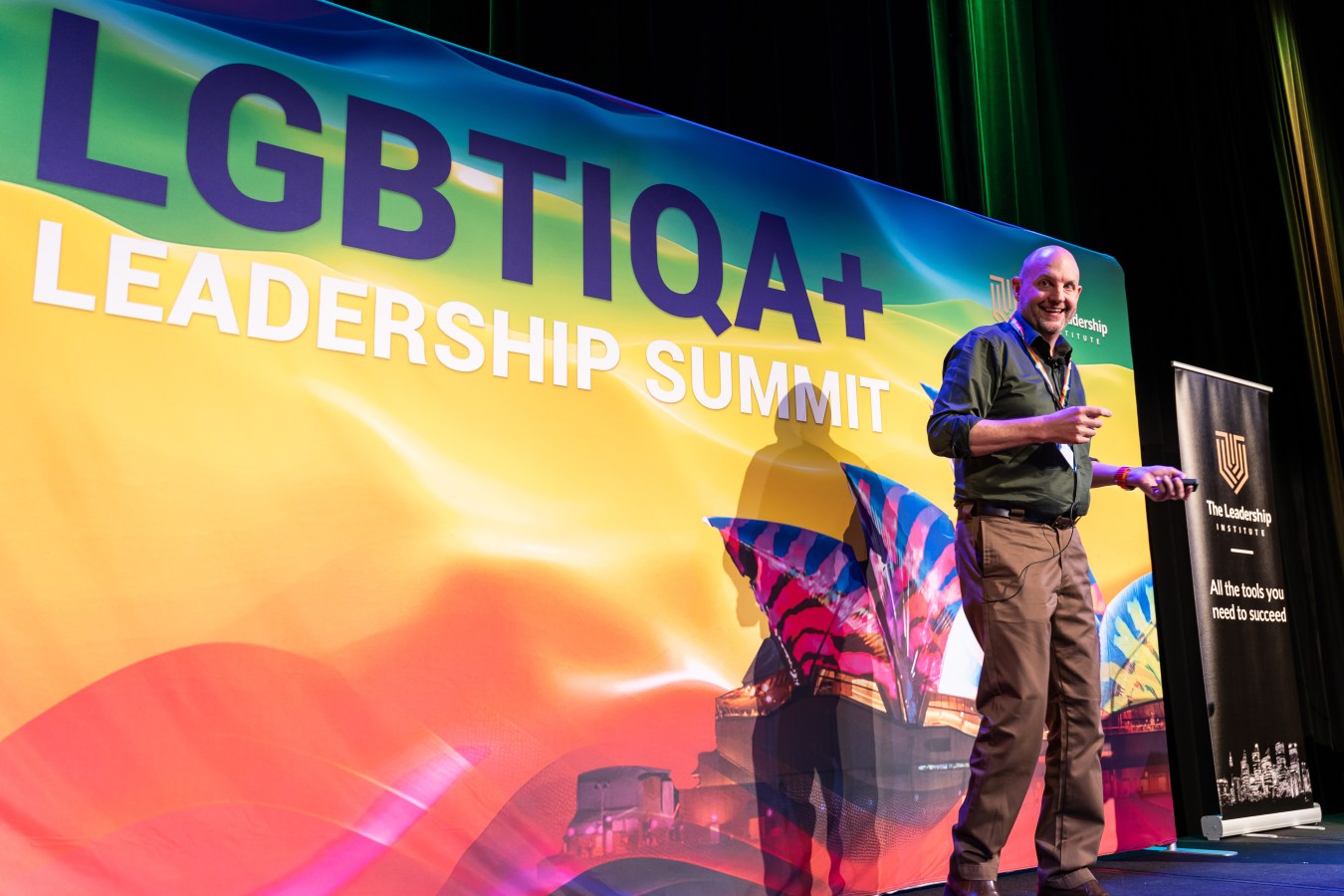Speaking for the first time since her tumultuous exit as the boss of Netball Australia, Kelly Ryan opens on the public challenges of trying to save an entire sport.
This article was featured in Issue 10 of Forbes Australia. Tap here to secure your copy.
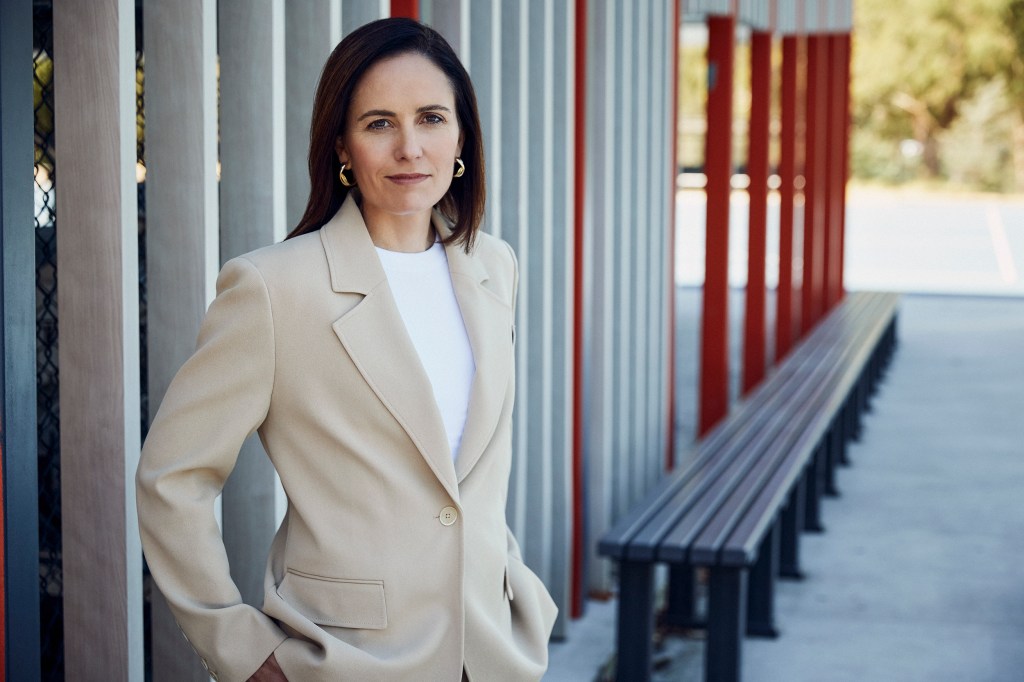
In September 2022, Netball Australia had just laid bare its dire financial situation – $4 million in debt, having lost $7 million in two years of pandemic disruption – when Australia’s richest person, Gina Rinehart, swept in like a fairy godmother with a $15-million wand to save the game.
Netball Australia CEO Kelly Ryan had already had to pawn the family jewel – the national competition’s Grand Final, no less – to help make ends meet.
Ryan had copped criticism from players aggrieved at the prospect of losing a hard-earned home grand final after Western Australia paid $700,000 in cash and kind to bring the big game to Perth.
But Ryan pushed through. It wasn’t a popularity contest.
She had to save the game, she says in her first interview about her tumultuous tenure at the helm of what used to be our most popular female team sport.
“I looked at some of the sponsorships agreements we had, and I was horrified… We had to change that methodology real quick,” she told the Forbes Australia Women’s Summit on Tuesday.
“As a CEO, you’re not winning awards for being liked.
“There were some really fundamental things around netball that needed to change in Australia.”
Kelly Ryan
“The number one thing you should aim for when you’re in a leadership position is being respected. Sometimes you have to make really tough decisions, but you do them in a way that you believe is for the betterment of the sport, which is how I guided every decision I ever made.”
“Everyone wants something magical to happen at any given time,” she said.
And for a brief moment, something magical was on the cards.
It came in the form of an offer from Gina Rinehart’s Hancock Prospecting about to lift the game out of the cellar. The West Australian mining giant’s name was emblazoned on the national team’s uniforms.
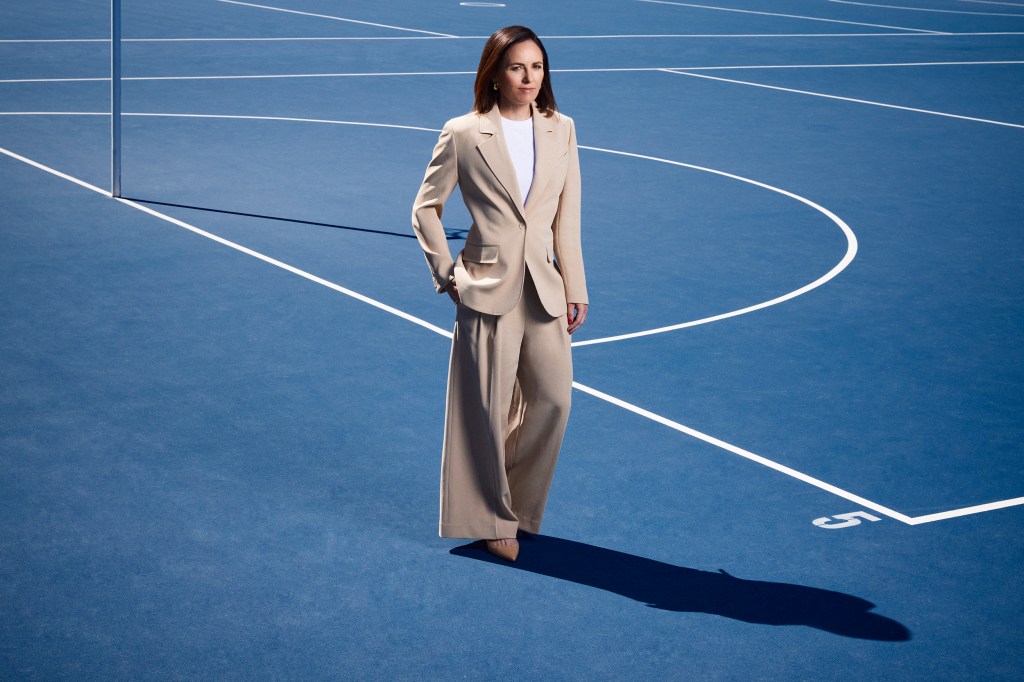
The Diamonds players, on tour in New Zealand, were photographed in them, and all was good.
Until it wasn’t.
New player Donnell Wallam, a Noongar woman from Western Australia, didn’t want to wear the Hancock logo because of what she says were “repugnant” comments made by the company’s founder, the late Lang Hancock, about indigenous people in the 1970s.
Ryan said she was unaware of the problem until a week after Wallam first raised it. And as the entire team offered solidarity with their new teammate for the upcoming series against England, Ryan found herself having to scramble.
“It certainly made it more challenging to work through the matter when I wasn’t advised until quite a bit later after the concerns were raised,” says Ryan, who came to netball from a career in AFL and as Melbourne’s Marvel Stadium’s general manager of operations and customer experience.
It was “by far the toughest period” of her professional life. “No one had been in this situation we found ourselves in. So, there was no rule book. People could give you snippets of advice, but they, too, hadn’t dealt with the challenges we were dealing with.”
The media loved the story, pitting the magnate – who declined to repudiate her father’s comments – against the indigenous player, with Netball Australia caught in the middle.
“It was many, many sleepless nights,” recalls Ryan. “No one signs up for the media scrutiny when they sign up for a role like this. But you learn pretty quick that it’s a part of it.”
“I didn’t feel it as much as I think my family felt it. I just didn’t consume the media, but my partner did, she read absolutely everything.”

She says that an underlying deeper split between Netball Australia and the Australian Netball Players’ Association made it hard for Ryan to talk to the team directly. So, she flew to New Zealand and booked into the team hotel without telling anyone.
She arranged clandestine meetings with team leaders.
“I had a lot of one-on-one conversations with the captains, trying to understand which direction they wanted to go, how they needed to be supported, and how I needed them to support what we were trying to do. They were great at trying to listen and learn, and they were in a position that they’ve never been in before and again, nor had any other sporting leaders. We were all trying to work through it together as best as we could.”
Ryan did the same thing again, flying to Newcastle to meet players one-on-one. “Let them hear from me on the challenges that we’re facing and what we’re trying to do to solve it and conversely allow them the opportunity to ask me questions.”
Ultimately, on Friday, October 21, Wallam agreed to wear the jersey for the good of the sport. But the next day, Hancock Prospecting withdrew the $15 million support anyway.
The news was gut-wrenching for Ryan. “We had worked so hard to acquire that level of funding. We’d worked so hard to navigate the complexities that came with that funding. We were so close to realising a shift in the sport.”
Ryan says the uniform was not the only issue prompting Hancock’s withdrawal. “A few more tensions within the sport arose and, as a result of those tensions with other stakeholders, that’s when Hancock Prospecting realised it was just too challenging a proposition for them.”
Ryan declines to say what those “tensions” were and which “stakeholders” she is talking about, but strains between her and the Australian Netball Players’ Association have been widely reported.
Months after the Hancock decision, Netball Australia began pay negotiations with the players’ association, a process that grew increasingly acrimonious throughout 2023.
The players’ association promoted stories in the media about impoverished players being forced to sleep in their cars. They declared they would not attend an awards night.
“It wasn’t about not paying them what they were worth. It was about paying them what the sport could afford.”
Kelly Ryan at the Forbes Australia Women’s Summit.
Ryan says the players wanted more money, but netball was poorer than it had been two years earlier when the previous deal had been struck, and they were midway through the broadcast deal, so no new money was coming. “The reality was there was no more money to distribute, but all stakeholders wanted a bigger share of the pie. Netball Australia is sitting there on the verge of real financial disruption, and there’s this appetite from teams and players for more.
“So we’re trying to balance all the funding that needs to be distributed: to state bodies; to teams; to players; to your umpires; to the growth initiatives that you want to invest in to make the sport more sustainable; and to your high-performance space to make sure your international team can retain its status and win the World Cup.
“In stakeholders’ eyes, their priorities are the number-one priority, but when you’re charged with looking after a whole sport, you have to be honest and open about where you are as a sport and where investment should go.”
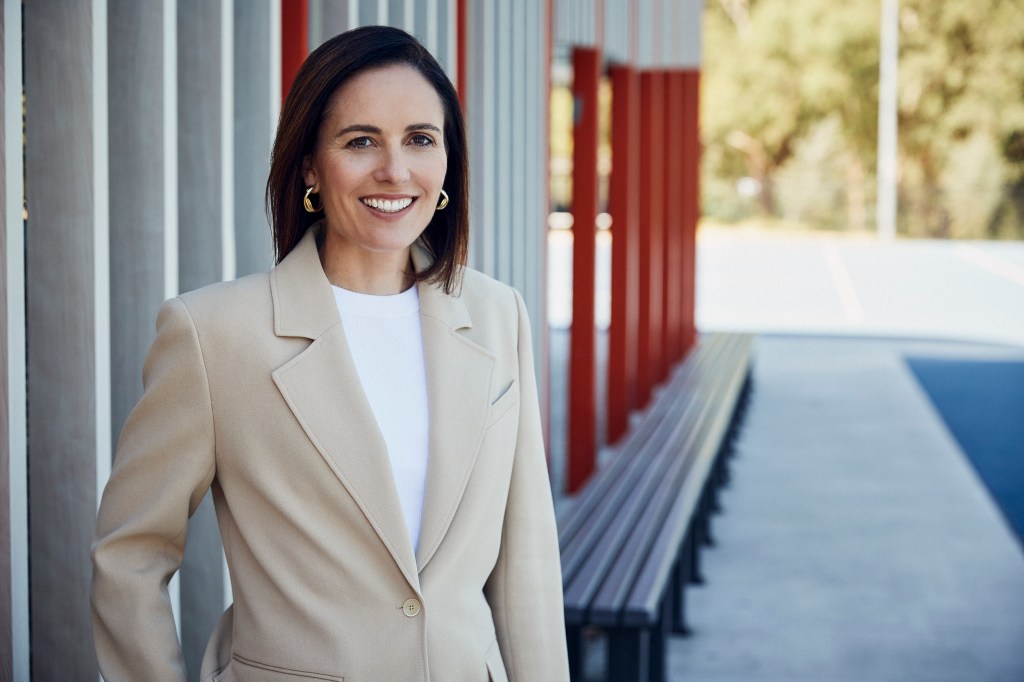
Ryan felt that a wrong move could set the sport back years. “So, I was methodical in where the money was going and how it was being spent. And that means, at times, you have to say ‘no’. That’s your job as the CEO.”
The public, unsurprisingly, sided with the players. And Ryan wouldn’t have it otherwise. They were the stars – the public face. “But I think the public would have a stronger opinion if the sport no longer existed or was perceived to be going backwards. That’s what we wrestle with as administrators. Rarely do we make friends because we have to make the hard decisions, but we’re sitting there with the benefit of having all the facts.”
The Netball Australia chair who had appointed Ryan, Marina Go, said Ryan had done the job she was asked to do by the board.
“Sport is really tricky,” Go says. “Every CEO and chair of a sport will say that. Particularly when there is a pay negotiation with players.
“I thought she was a great CEO and made a significant contribution to the sport. Hopefully one day the players will look back and recognise the difference she made to the sport.”
It took till the end of 2023 to get a deal signed with the players, and Ryan knew that was as far as she could take it.
Her resignation was announced the day before the pay deal.
“I didn’t quit, I didn’t give up, I just felt like netball didn’t value the things I did value.”
Kelly Ryan
“I just didn’t want to keep working in netball anymore,” Ryan says. “I’d done everything I could to try and progress the sport. I started questioning how much the sport wanted to change and grow.”
Nevertheless, she sees an enormous opportunity for netball to flourish.
“I want people to believe in the sport and believe in the opportunity that exists around it; that it can be the biggest sport in this country. It can have the strongest league in this country and can continue to have the number one national team in the country. I wanted people to believe that and get behind that notion, but that was incredibly challenging.”
The Australian Netball Players’ Association was contacted for comment.
Statement from Hancock
Hancock Prospecting said in a statement that it withdrew from the deal because it did “not wish to add to netball’s disunity problem”.
“Hancock and (subsidiary) Roy Hill were not made aware prior to the proposed partnerships, of the complexity of existing issues between Netball Australia and the Players Association. This includes the Players Association’s endeavours to gain a very substantial increase in wages during a time the sport is reeling financially, and unable to provide such an increase.
“Hancock’s proposed sponsorship would have enabled a generous increase in wages for the players which would not have otherwise been possible given Netball’s financial situation.”
Forbes Australia is excited to announce the launch of Forbes Women – a global network of female business owners, entrepreneurs and change-makers. Tap here for all the details.
